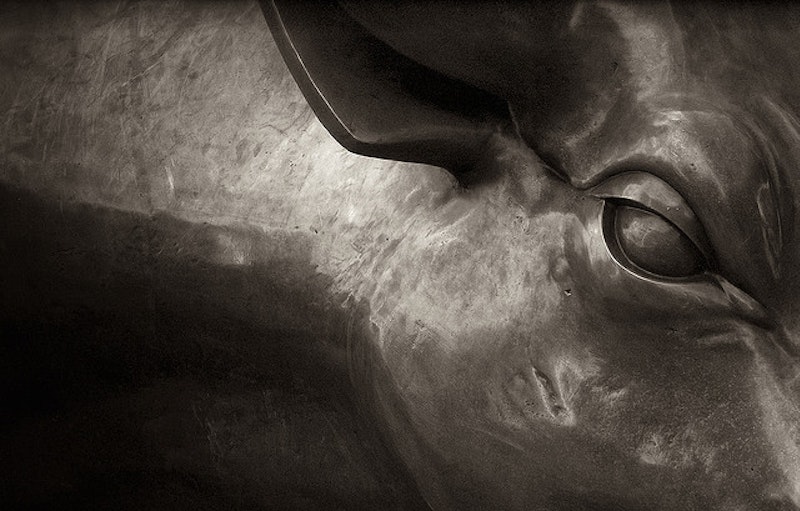In the aftermath of the housing bubble and the near collapse of the financial system, a lot of blame was thrown around. The argument eventually boiled down to a Main Street vs. Wall Street mentality. Were poorer Americans who signed up for mortgages they didn't understand and couldn't afford to blame? Or were our problems the fault of greedy lenders and traders who gamed the system to make money at the expense of their own clients?
As it turns out, the answer is far more complicated and the blame much harder to apportion. With All the Devils Are Here: The Hidden History of the Financial Crisis, business writers Bethany McLean and Joe Nocera have done an admirable job of presenting a detailed history of the socio-political forces and the incremental changes in government and finance that brought us to the brink of another Great Depression.
Their story starts in the 1970s, when securitization was started as a way of more efficiently funding mortgages. Contrary to popular belief, it was not Wall Street, but the government that first did this, when Ginnie Mae guaranteed bonds made of FHA and VA loans. However, it wasn't until Larry Fink, a trader at First Boston, invented the process of “tranching,” or splitting a bond into difference pieces according to the type of risk it entails, that the business took off.
Over the years, these two essentially pragmatic ideas went through evolution after evolution, in tandem with the subprime mortgage industry, until we ended up with the almost nonsensically complicated synthetic collateralized debt obligations bearing meaningless triple-A credit ratings. Or you could just call them toxic assets.
The story of how these instruments developed is a fascinating one, with no true villain, except the very human motivations of the key players. As Lewis Ranieri, a Salomon Brothers trader who helped invent mortgage-backed securities, told Fortune after the dust settled, “I wasn't out to invent the biggest floating craps game of all time, but that's what happened.” McLean and Nocera show how day-to-day decisions motivated by jealously, vengeance, fear and greed compounded into a completely dysfunctional system that conned even its creators.
Most interestingly, the authors also discuss how positive motivations did equal amounts of damage. For many a politician, as well as the oft-vilified CEO of Countrywide, Angelo Mozilo, a desire to increase American homeownership, especially among minorities, convinced them subprime could be a sound lending strategy. Free-market economists in Washington believed they were helping to improve the economy by limiting or barring regulators. So much for good intentions.
For the most part, the human stories drive the book, and at times, it reads more like a novel than one about finance. However, although McLean and Nocera have done an excellent job of simplifying explanations of complex instruments for the average reader, people like myself without a background in finance may sometimes have trouble following or get bogged down in the details.
The book winds down with a short explanation of the 2010 Wall Street Reform and Consumer Protection Act, which addressed some of the worst excesses that led to the crisis, but falls short of ensuring that the American people will never again be asked to foot the bill for the mistakes of financiers, as it leaves some very important questions unanswered. Are regulators able to recognize systemic risk? Will a government presence always be required in the mortgage securitization market? What purpose should the financial system have?

